Running along the Mid-Atlantic Rift, where the Eurasian and North American tectonic plates drift apart, Reykjanes is a haven for geothermal wonders and stunning landscapes.
Moss-coated lava fields and cone-shaped mountains add to the mesmerizing beauty of this region.
Three geothermal areas stand out as gems on this peninsula:
☘ Gunnuhver boasts an array of mud pools and fumaroles, showcasing the dynamic volcanic activity beneath our feet.
☘ Krysuvik, on the other hand, captivates visitors with its hot springs and mud pots that color the earth in hues of ruby red, sapphire blue, and topaz yellow.
☘ And let’s not forget the awe-inspiring green crater lake, Graenavatn!
At Svartsengi, we find a marvel of engineering—a geothermal power station that harnesses 76.5 MW of electricity from the 90°C water gushing from the earth every second.
But Reykjanes offers more than just geothermal wonders. Its cliffs are a bustling hub of birdlife, with Krysuvikurbjarg hosting around eighty thousand seabirds nesting in the area.
As we venture north, we encounter Kleifarvatn, the largest and one of the deepest lakes in Iceland, while Lake Djupavatn at the center of the peninsula invites fishing enthusiasts to cast their lines in its pristine waters.
The coastal areas of Reykjanes are a spectacle to behold, with breaker waves smashing against the rocks, especially at Selvogur and the southwest tip of the peninsula, Reykjanesta.
Reykjanes is home to charming fishing villages and towns like Keflavik, Sandgerdi, Gardur, Vogar, and Grindavik.
Why is Reykjanes Peninsula, in Iceland, a sustainability reference?
☘ Sits on the Mid-Atlantic Ridge, a tectonic plate boundary, resulting in a significant amount of geothermal activity. Geothermal power plants in the region tap into this natural resource, providing a sustainable and clean energy source for electricity and heating purposes.
☘ Beyond electricity generation, geothermal energy is used for district heating in the Reykjanes Peninsula and other parts of Iceland.
☘ Have adopted sustainable tourism practices to protect their unique natural environment.
☘ Is committed to protecting its natural landscapes, geothermal areas, and wildlife. Various conservation projects and regulations are in place to safeguard the region’s biodiversity and ecosystems for future generations.
☘ Promotes green building practices that prioritize energy efficiency and environmental sustainability.
Imagine yourself having a health and geothermal spa in the extraordinary Blue Lagoon!

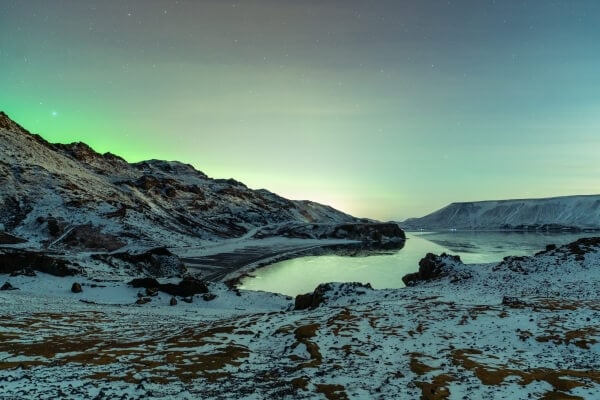
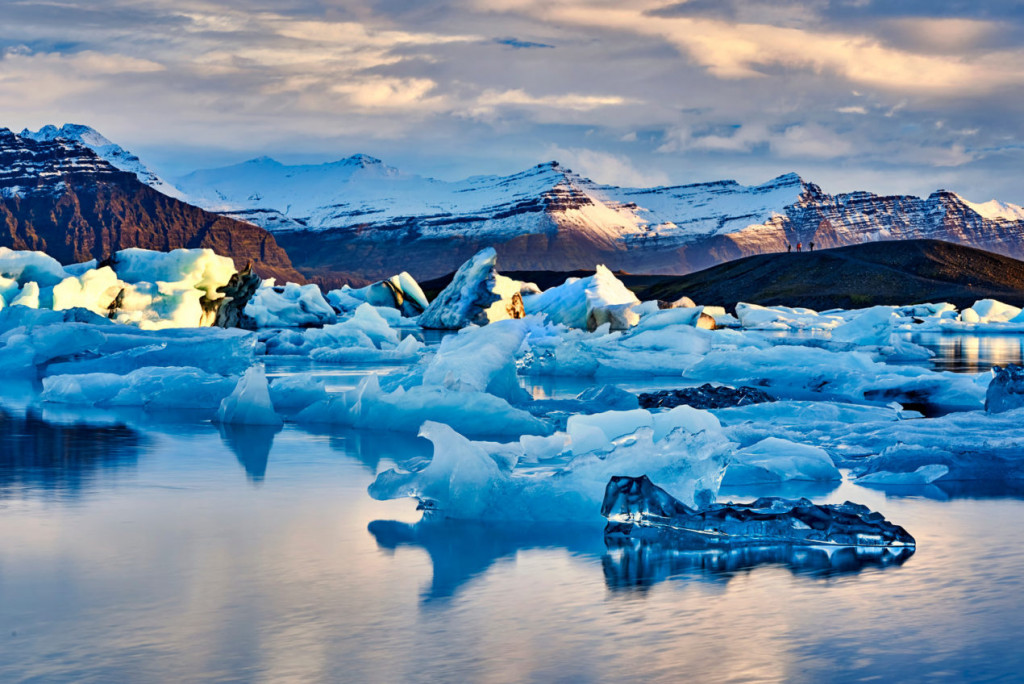
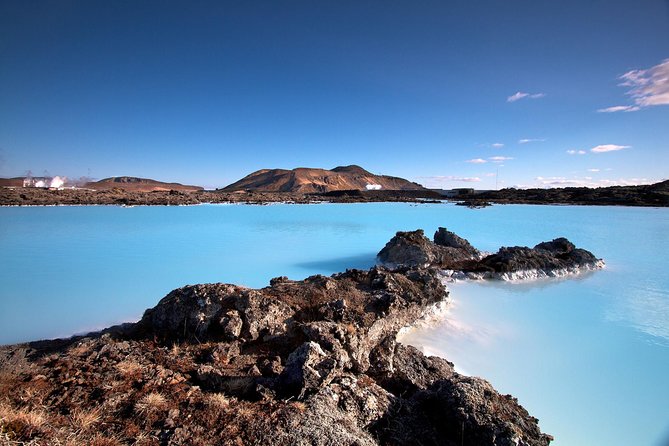
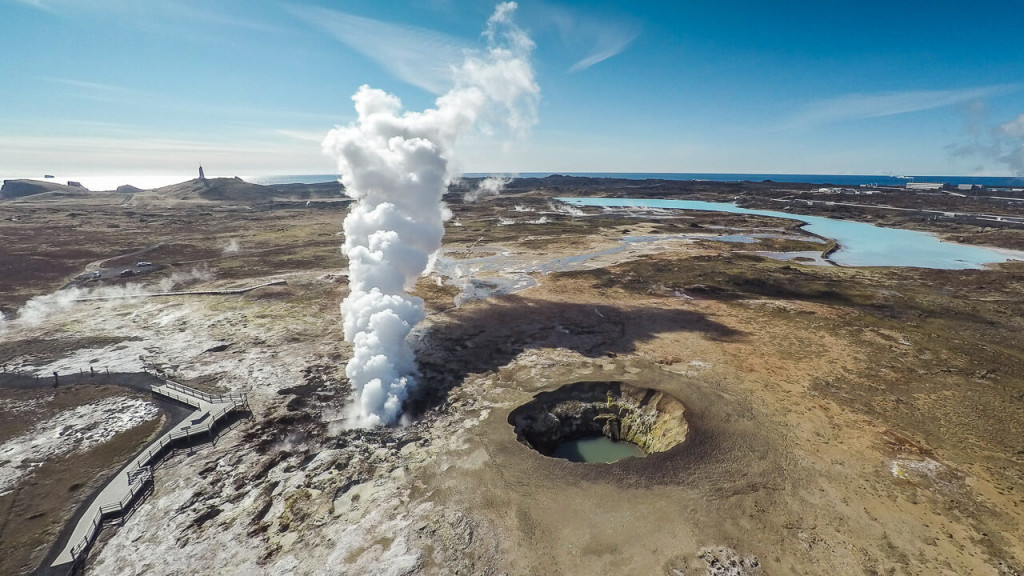
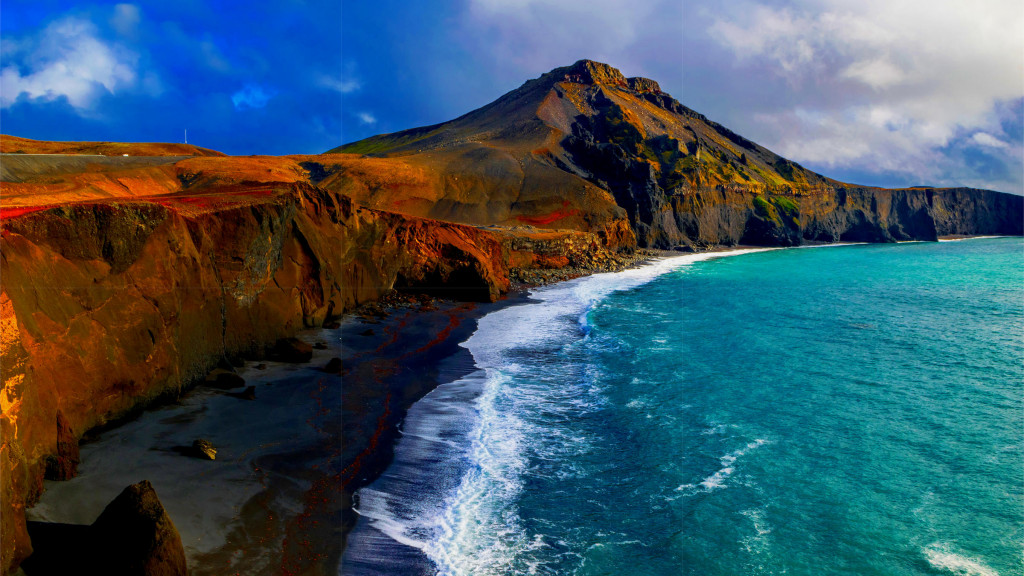
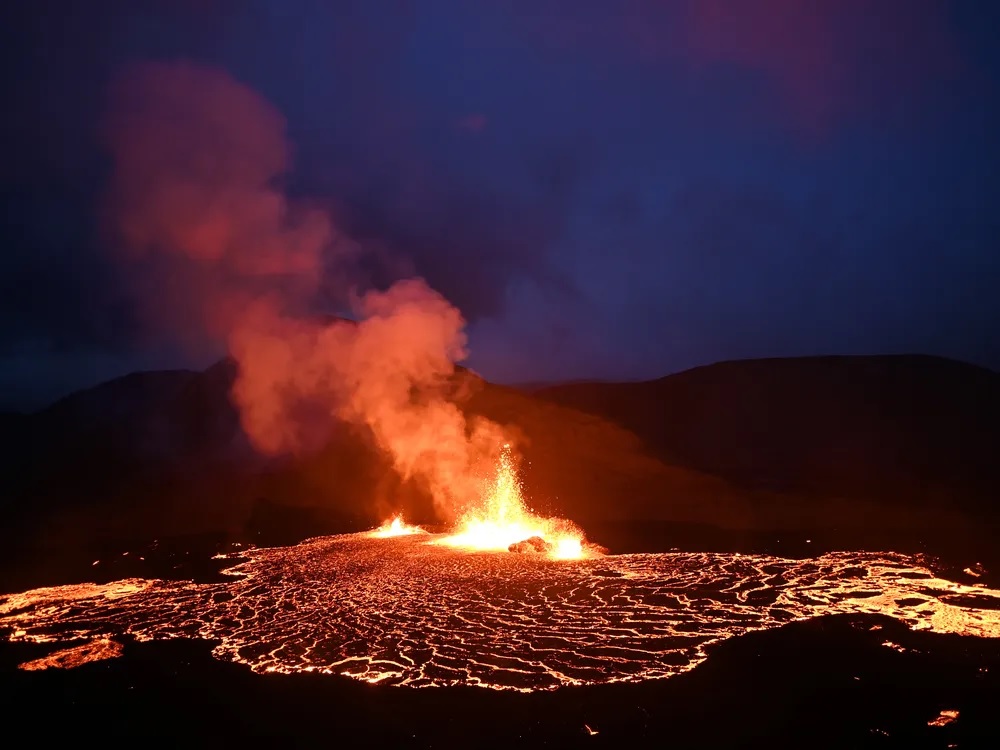
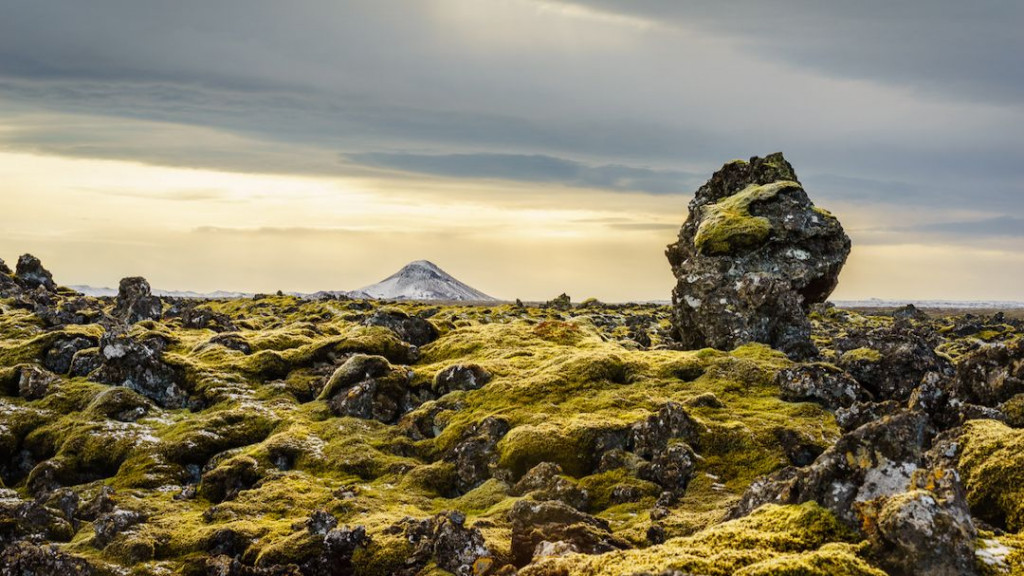
A

